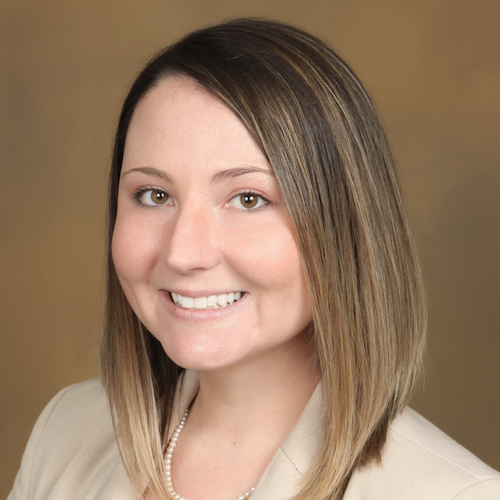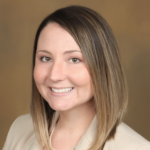
Many of us may be using the term “paralyzed” to describe the state in which our organizations are in or perhaps how staff members and even our residents and potential residents are feeling now.
As an organization, you may just be trying to keep up with the continuous changes in guidelines to keep everyone safe and dealing with the financial fallout from decreased occupancy and staffing and increased supply costs. Our staff members and residents also are feeling the effects this global pandemic, and sometimes it can be difficult to plan and look to the future with optimism. I can assure you, however, that there are still employees and residents who are motivated to come through this pandemic with innovative ways to operate and make a community stronger.
We have to start planning and stop letting the pandemic consume our every meeting and thought throughout the day. When the pandemic ends — and we are starting to see hopeful signs, what is going to be your plan? Has it been something you thought of at all?
We in the senior living industry need to start getting creative about how to serve the aging population post-COVID. The reality is that, now more than ever, people are going to want to avoid facility-based care and perhaps even making a move into an independent living community. If this is the pattern that persists, then our industry needs to start branching out into home- and community-based services more than it currently does, as well as into programs that will help supplement lost revenue from our traditional brick and mortar. The need for care is not going away, but the way in which we provide that care is going to have to transform.
As a gerontologist with a focus on proactive wellness planning, I can say there are ways we can start offering services that can prevent the need for a facility and keep people independent for longer. If we look at the wellness coordination model used by continuing care at home programs, which usually are branches of existing communities, the benefits of this model are striking.
A recent benchmarking survey of 13 of those programs and more than 1,000 members or clients revealed that only 1% of individuals end up receiving care in skilled nursing. Also, hospital readmission rates for these programs are approximately 5% compared with the average 16% seen among all Medicare enrollees. These data are encouraging to older adults who wish to age in place.
If our organizations can spend some time to think creatively, seek programs and services such as the proactive wellness coordination model, and expand outside their walls, then the future could be much brighter. We must see this current situation as a catalyst to diversify our offerings to meet market demands.
Older adults want to remain at home, so how can our organizations help them be successful in that endeavor? In addition, we need to cultivate young leaders who are motivated to work on innovative solutions and provide them support. Stop using the pandemic as an excuse as to why other projects or programs are not moving forward; use it as motivation for innovation and change.


